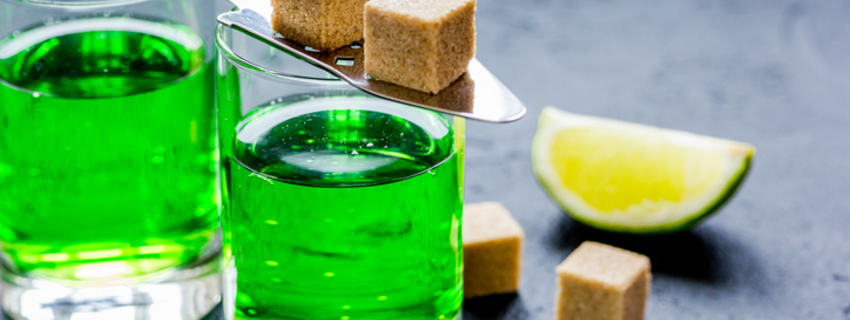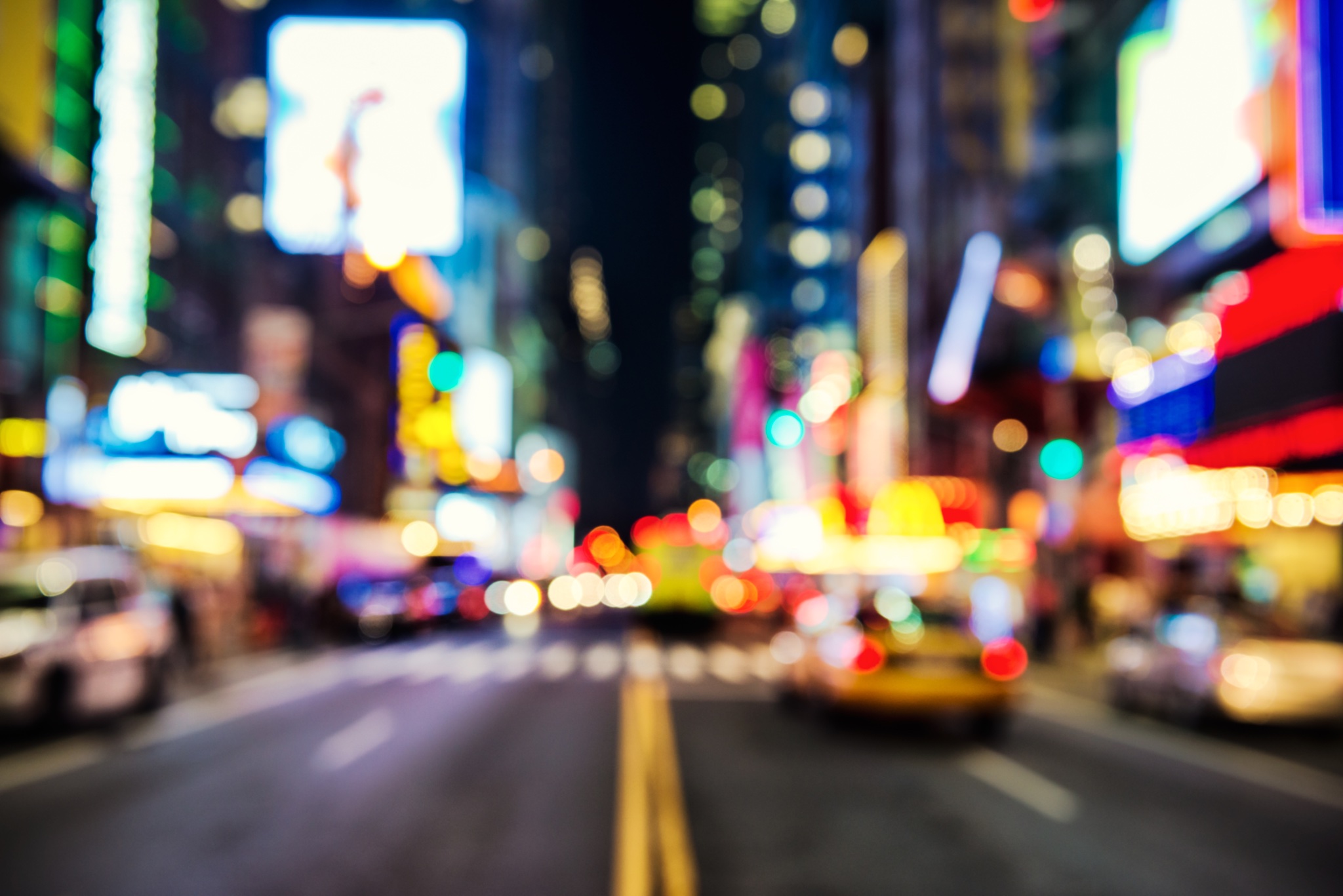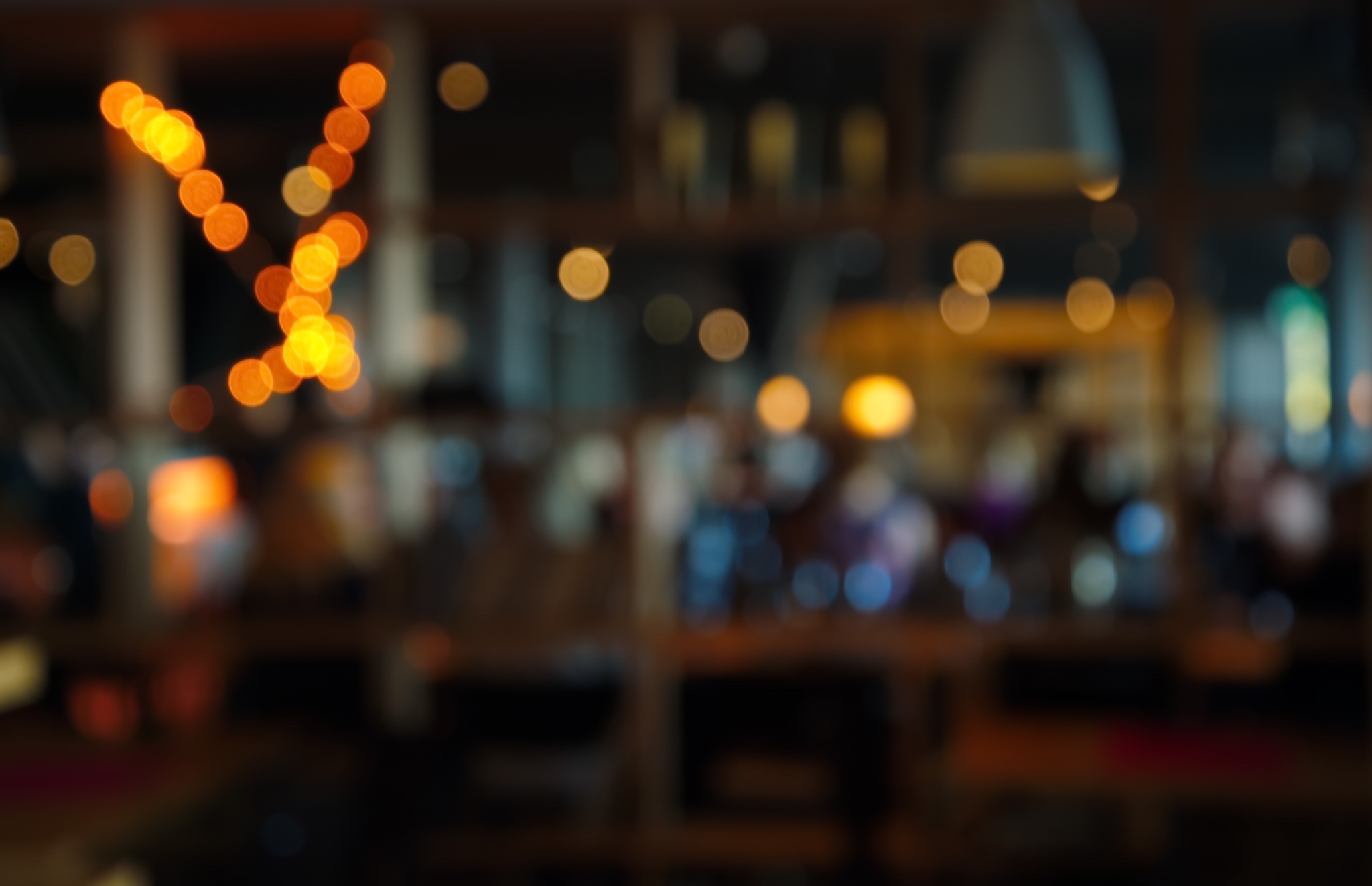
Photo Credit - istock/279photo
Mark today, March 5th, on your calendars as National Absinthe Day! Absinthe has quite a debauched reputation of spinning its imbibers into hallucinations, or total madness (yikes). Buckle up, it is our main goal to debunk these stereotypes throughout this post. We'll share the background on how this unique spirit began carrying a lot of misconceptions initially spread by 1900’s government propaganda, and how these misconceptions continue to stick with this spirit with the continuous reinforcement provided by popular literature and media. We want you walking away, not only, with some awesome stories on the history of absinthe to share with friends, but with the peace of mind that you can enjoy this spirit without going completely mad.
In the early 1900s when absinthe -- also known as the Green Fairy -- was banned in many countries including France, Switzerland, and the United States, it had become associated with eliciting certain prohibited behaviors. A few examples of these behaviors include turning children into criminals, encouraging loose morals, and inspiring murders. We know now, that all of these misconceptions arose from government propaganda so that consumers would not be tempted to consume this illicit substance. During U.S. Prohibition, all other types of alcohol received similar treatment to encourage the public to avoid drinking all-together. With all of this history and propaganda in mind, we now know that properly manufactured absinthe -- an anise-flavored, alcoholic drink -- is no more dangerous than any other properly prepared liquor.
Now what about the tales of hallucinations with Oscar Wilde and his tulips, family massacres and instant death? Not absinthe's fault, technically speaking. Absinthe does have a very high alcohol content -- anywhere between 55% and 75%, which equates to about 110 to 144 proof. It makes whiskey's standard of 40% (80 proof) seem like child's play, which is why absinthe is supposed to be diluted. Absinthe is not a hallucinogen; its alcohol content and herbal flavor sets it apart from other liquors.
Traditional absinthe is made of anise, fennel and wormwood (a plant), and then various recipes add other herbs and flowers to the mix. The anise, fennel and wormwood are soaked in alcohol, and the mixture is then distilled. The chemical that's taken all the blame for absinthe's hallucinogenic reputation is called thujone, which is a component of wormwood. In very high doses, thujone can be toxic. It occurs naturally in many foods, but never in doses high enough to hurt you. And there's not enough thujone in absinthe to hurt you, either. By the end of the distillation process, there is very little thujone left in the product. Modern science has estimated that a person drinking absinthe would die from alcohol poisoning long before he or she were affected by the thujone. And there is no evidence at all that thujone can cause hallucinations, even in high doses.
In view of modern analysis of the drink and its ingredients, any absinthe-related deaths can most likely be attributed to alcoholism, alcohol poisoning or drinking the cheap stuff, which, like moonshine, can have poisonous additives in it. Much like many other products we recommend you DO NOT buy absinthe from some guy in an alley -- you're looking at the same dangers you'd face drinking moonshine sold off the back of a truck. And unless you've got a distiller in your garage, those make-it-yourself kits sold on the Internet are going to help you create a really terrible tasting liquor-soaked-herb beverage, not absinthe.
For the record, that man who killed his family in Switzerland in 1905, spurring a whole slew of absinthe bans and even a constitutional amendment, was under the influence of absinthe -- which he'd been drinking since he woke up that morning and throughout the rest of the day (and the day before that and the day before that). And Oscar Wilde? Well, no doubt the poet did see tulips on his legs as he walked out into the morning light after a night of drinking absinthe at a local bar -- chalk it up to creative license.
Absinthe is now perfectly legal in every country in which alcohol is legal. In fact, in 2007, the United States lifted its 100-year long ban, provided that the absinthe is free of thujone. So once again European distillers are importing the Green Fairy stateside, and once again mixologists and absinthe enthusiasts are debating whether the newest version is truly authentic.
Try this delicious absinthe cocktail recipe to officially debunk the rumors! Please enjoy responsibly.


